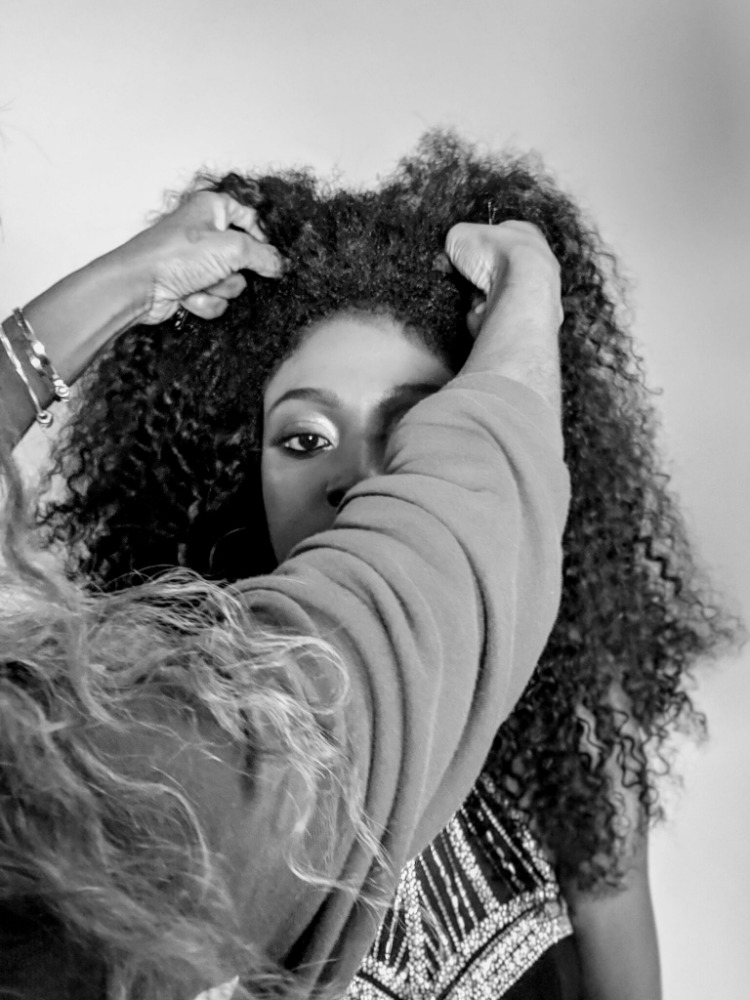Women are usually less likely to suffer from hair loss than men, but that doesn’t mean that there aren’t any women who do. It’s estimated that up to 50% of women will experience some form of female pattern hair loss (alopecia) by their late 40s or early 50s. So, let’s take a look at some hair replacement for women options.
Thankfully, there are several hair replacement for women options available for treating this condition, including surgery and other treatments such as masks and shampoos designed specifically for women suffering from hair loss.
In this article, we’ll explain what total hair replacement is, the best hair replacement for women, why it works so well in treating female pattern baldness (FPB), and how much it costs on average compared with other treatments like chemotherapy.
Takeaway:
Hair replacement can be an effective solution for women who suffer from hair loss.
Surgical hair replacement may be the right choice if you’re looking for an effective and affordable solution to hair replacement for women.
Surgical hair replacement is a long-term solution that can be effective in many cases. However, it’s important to consult a professional before investing in this treatment.
What is Total Hair Replacement?
Total Hair Replacement is a hair system designed to look and feel like your own natural hair. It combines a base and individual pieces which are all connected to create the illusion of having a full head of hair.
The process starts with creating an implantation site in which small implants (which look like normal scalp) are inserted into existing follicles underneath the skin. The surgeon then uses these implanted follicles as templates for creating new ones by transplanting donor hairs directly onto them after removing unwanted ones from elsewhere on your head.
This process is repeated until you have enough confidence to wear it without worrying about how it looks or feels.

Why Do Women Need Hair Replacement?
Women lose hair for many reasons. It can be temporary or permanent, caused by genetics, medical conditions, and environmental factors. If you’re wondering if your hair loss is normal, here are some signs that it might not be:
If you notice any changes in the texture or color of your hair over time, for example, if it is becoming duller, it could mean that there’s an underlying condition causing this type of loss (such as alopecia).
You may also notice that your scalp begins to itch more often than usual, and this could be because plaque buildup has built up on your scalp due to frequent washing with harsh shampoos and conditioners (which strip away healthy oils from your scalp).
Facts About Hair Replacement for Women
Hair replacement is a safe, effective, and affordable solution for hair loss. It can be a surgical or non-surgical solution that works with your existing hair to create the illusion of fullness and volume in thinning areas.
Hair replacement is the most common method used by men and women who have lost their hair due to any number of reasons: age, genetics (such as the thinning of hair at the temples), nervous system disorders like alopecia areata (AA), or polycystic ovary syndrome (PCOS).
The Types of Hair Replacement for Women
There are two types of hair replacement procedures for women – surgical and non-surgical.
The surgical option is to get a hair transplant, while the non-surgical treatment for hair loss in women is to use hair replacement products like wigs, weaves, and toupees (‘hairpieces’).
Non-surgical hair replacement products are more popular than ever because they are less expensive, time-consuming, and invasive. However, the surgical approach would be the best option if you want a permanent solution.
How Much Does a Hair Replacement Cost?
Non-surgical hair replacement costs vary depending on the type of system you choose. The average cost for hair replacement is $139.
On the other hand, the cost of surgical hair replacement or hair transplant will depend on factors like the quantity of hair to be transplanted, but you can expect it to cost between $4,000 – $15,000. This includes a consultation with your doctor.
Conclusion
If you’re a woman experiencing hair loss and want to get rid of it forever, surgical hair replacement is the best solution for you. Some women are afraid of undergoing hair replacement surgery because they think it will be painful or expensive, but it’s actually an easy and safe procedure.
Feel free to discuss your hair replacement surgery options by clicking here to book an appointment or get a quote today. Got any question about hair replacement for women? Kindly use the comment section below.



